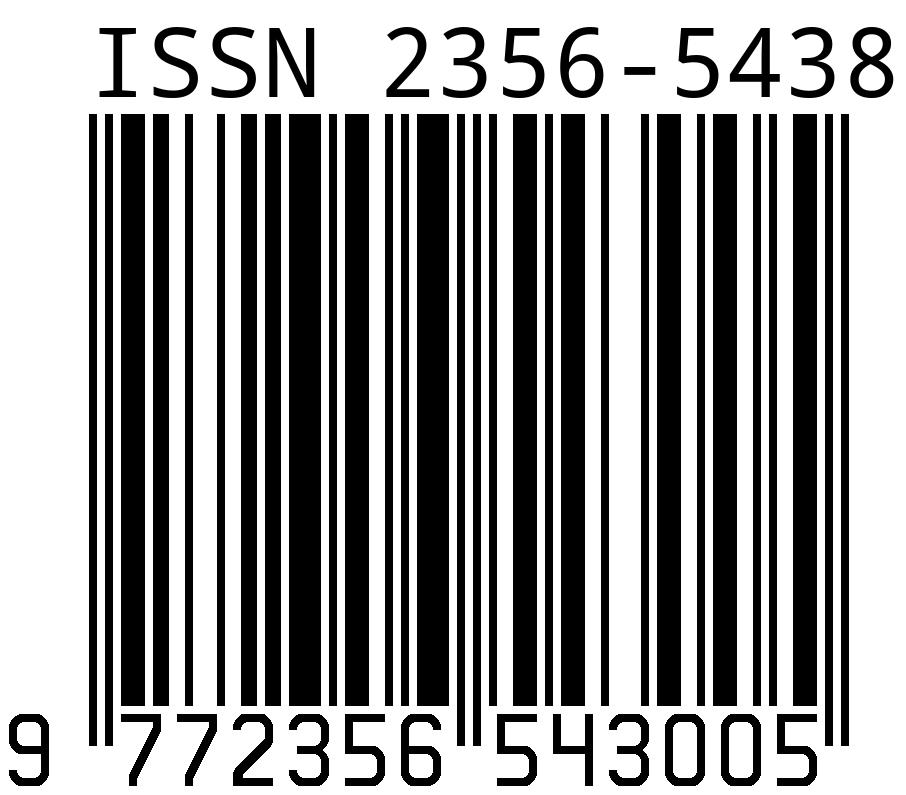ANALYSIS OF MENTAL WORKLOAD USING THE NASA-TLX METHOD FOR PRODUCTION WORKERS AT PT. DOLOMITES PUTERA TAMIANG
Abstract
The workload is the difference between the ability of workers with job demands. If the ability of workers is higher than the demands of the job, then boredom will appear, and vice versa. The method used is the NASA TLX method, and the instrument used is the NASA-TLX questionnaire given to 16 respondents. Results and Discussion The average of the six indicators of shift 1 is an indicator of mental needs with an average value of 146.88, an indicator of physical needs with an average value of 237.5, an indicator of time needs with an average value of 140, a performance indicator with a value of an average of 119.38, an indicator of the level of effort with an average value of 247.88, an indicator of the level of frustration with an average value of 82.5. In conclusion, the mental workload level of the production workers for both shifts is included in the high workload category. The dominant indicators for the activities of the first shift workers in the production section are the level of effort indicators, indicators of physical needs, indicators of mental needs, indicators of time requirements, and performance indicators. . The dominant indicators in worker activity in Shift II in the production section are indicators of physical needs, levels of effort, indicators of time requirements, indicators of mental needs, performance indicators, and the last indicator is frustration.
Copyright (c) 2022 Meri Andriani, Ahmad Hidayat

This work is licensed under a Creative Commons Attribution 4.0 International License.
All copyright for all articles belongs to the authors.














